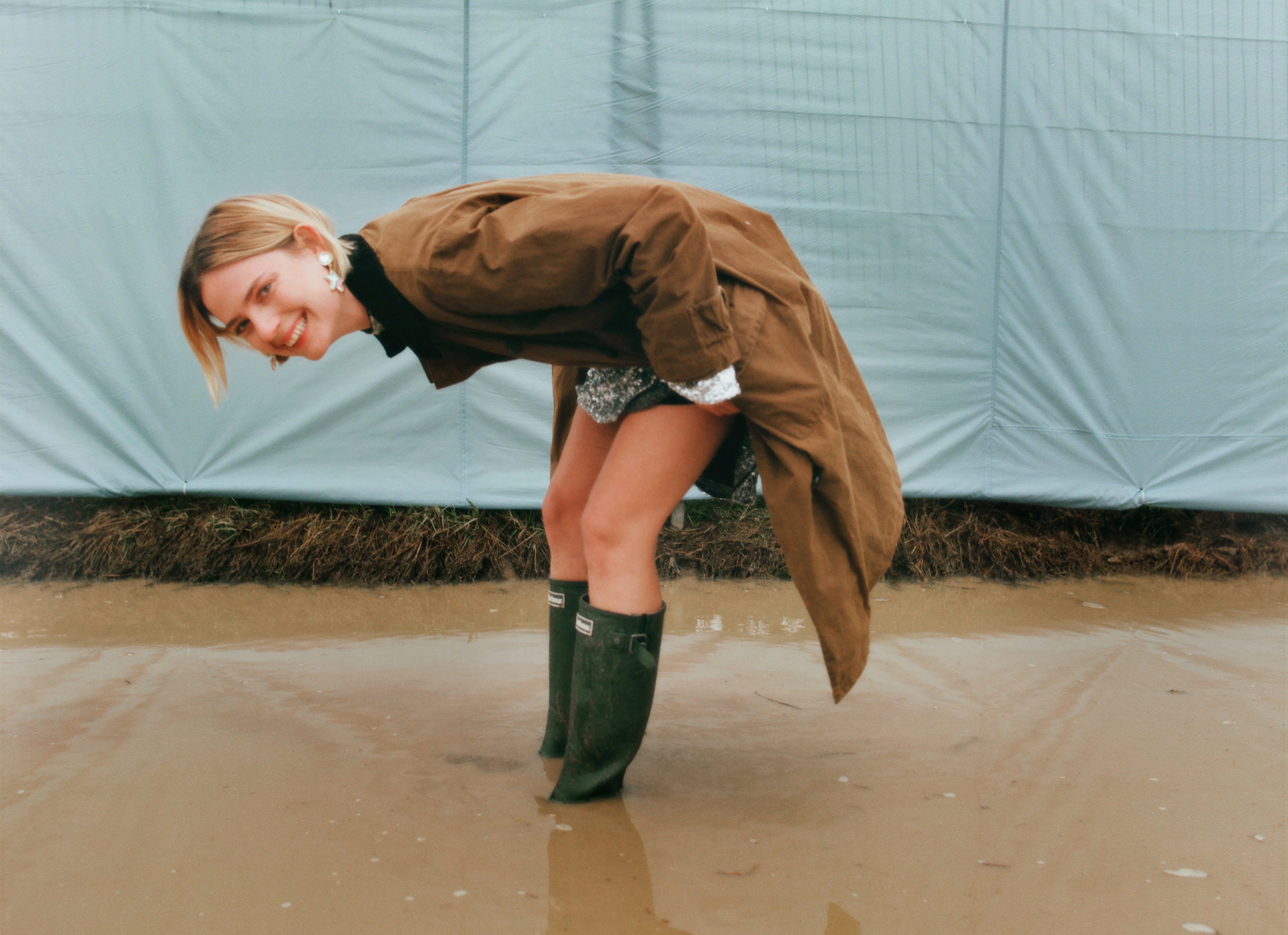
- A slower, gentler type of English design, based outside London and seen in fashion brands and innovative hotels, has emerged after Brexit and the Covid pandemic
This is a trend that has encompassed far more than just fashion. After 18 months of on-off lockdowns and a move to working from home, the countryside has stolen much of the limelight from London.
The British country house hotel in particular is back on raring form. It was born in the dark, difficult post-war years, when rationing was still rife and life had been stripped of so much of its pleasure. Like a beacon for the future, Sharrow Bay opened in the Lake District in 1948.
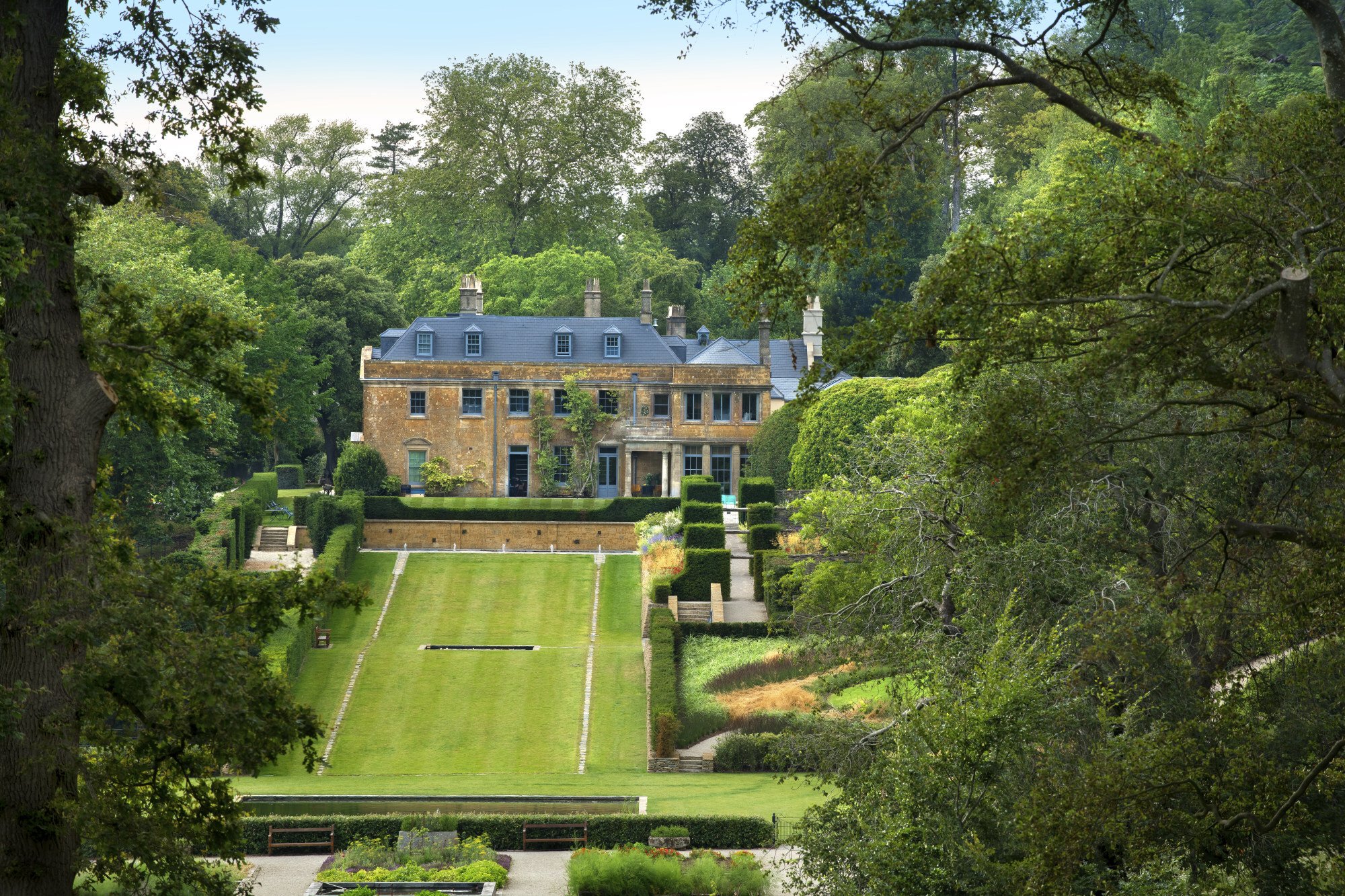
With its pink, almost candyfloss-coloured walls, lavish afternoon teas and the bedtime poems that were left on pillows each night, it charmed the people of Britain and quickly became the most tempting honeymoon destination in the country.
It closed in 2020, but modern hotels that riff on the traditional establishments of the past have opened in its place. One is The Newt, which sits in a dip in the rolling fields of Somerset and which is one of the most imaginative new openings in England. In summer, its gardens are a riot of colour and The Newt has a cider room where you can also press and bottle your own drinks.
There is a mushroom house, The Story of Gardening museum, a farm shop, a winding treetop walk under the leaves, a thatched ice-cream parlour and three ponds for wild swimming.
Founded by the former editor of Elle Decoration South Africa – who also opened Babylonstoren, near Cape Town – its sumptuous grounds and even more beautiful bedrooms have attracted a number of fashionable Londoners to this still wilder part of southern England. As has the nearby Temperley Ilminster, which opened in October 2020.
Alice Temperley may have launched a brand called Temperley London but she grew up in deepest Somerset. Her parents own the largest apple orchard in Europe and their company, Somerset Cider, has been turning apples into alcohol for decades. Temperley now wants fashion to work in the countryside, which is why she moved her brand and her headquarters to the small Somerset town of Ilminster.
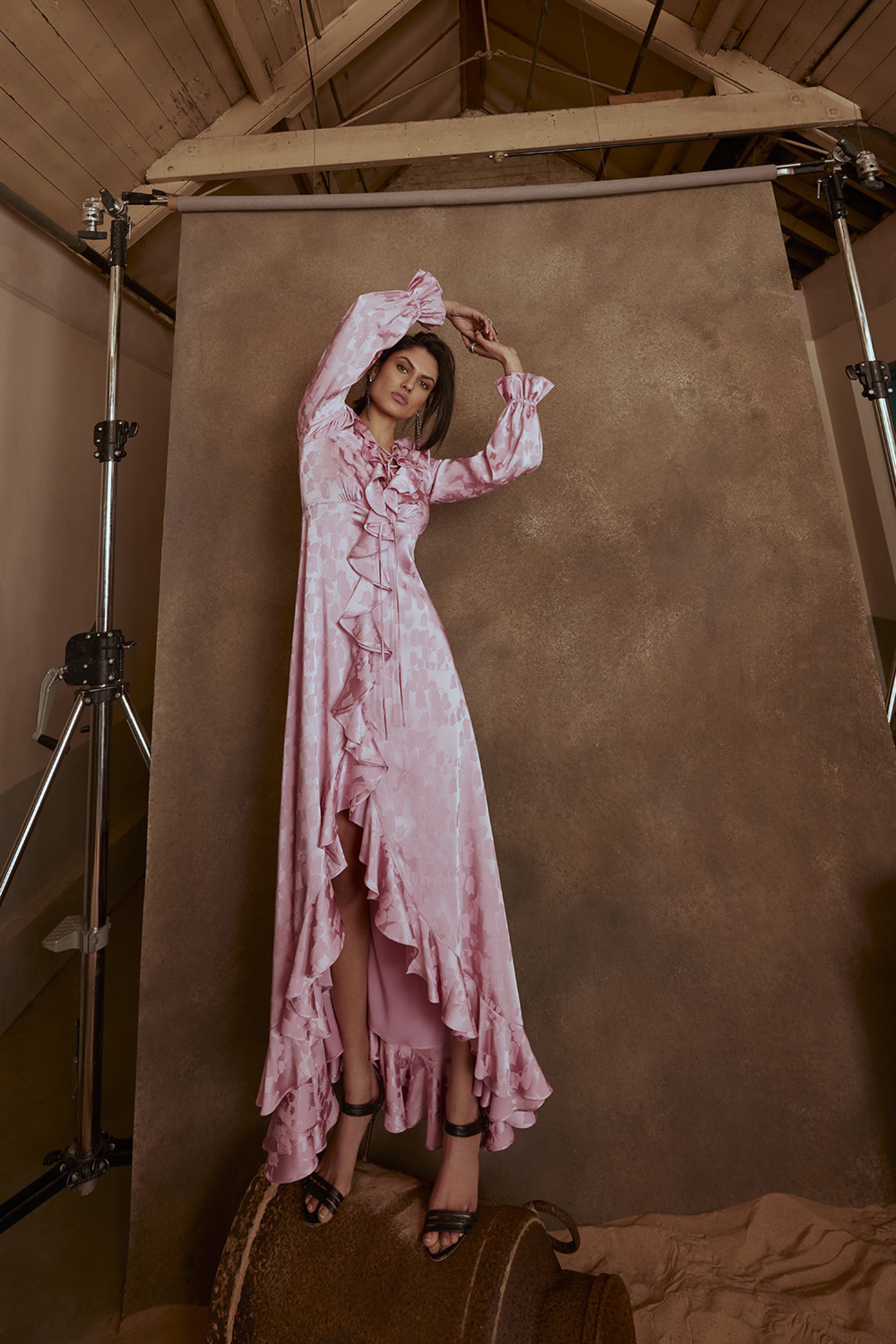
Her clothes are undeniably modern, but also reference that particular sort of English country house glamour, with loose, simple, almost 1920s cuts combined with pretty pinks and soft silks.
“My childhood was very English and very pretty,” says Temperley. “Roses in the garden, tea on the lawn, all rather idyllic. My brand definitely has an English sensibility to it. I love volume and length, and mixing intricate evening wear with casual touches. It’s a very modern way of dressing.”
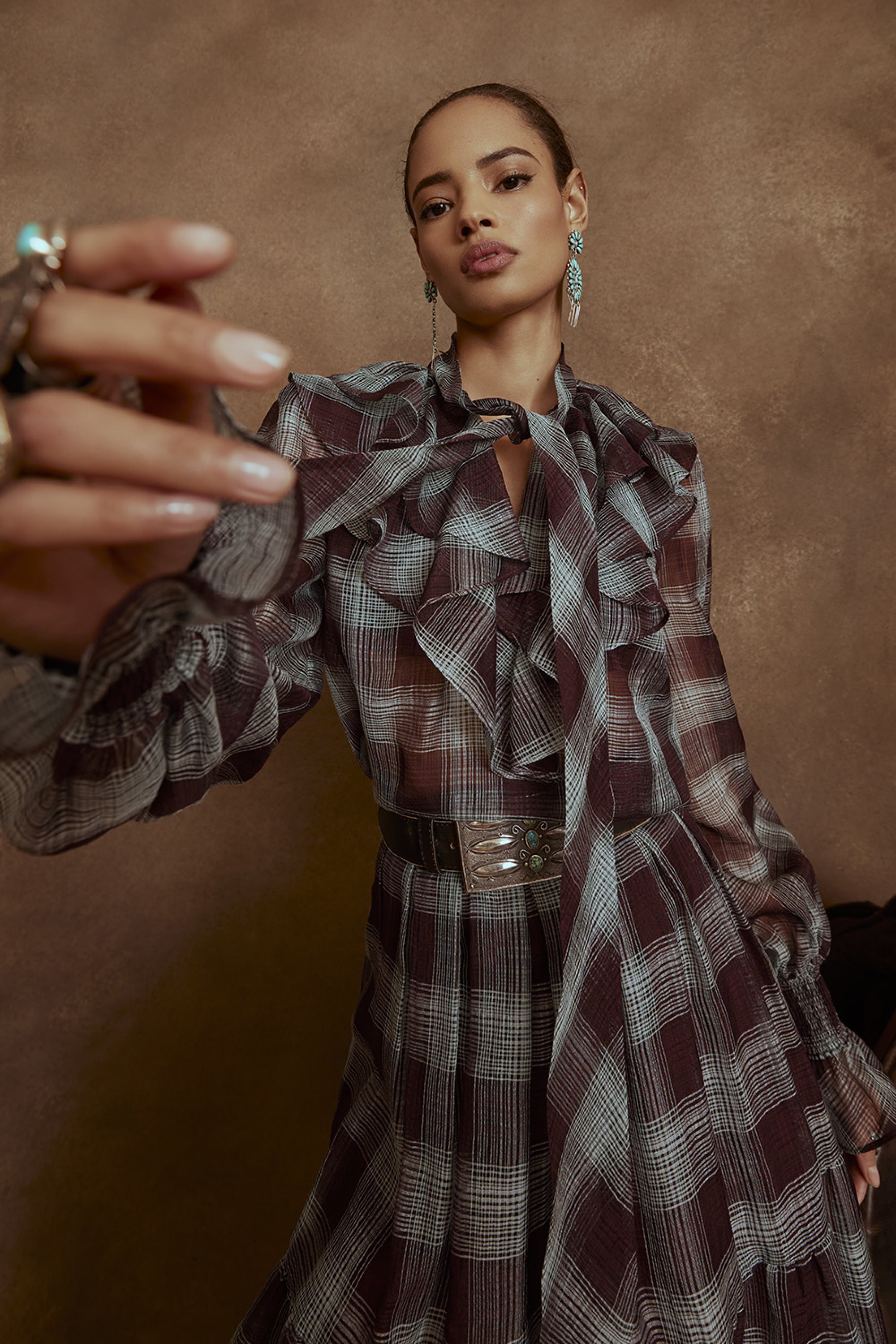
Tap in the brand name to Google and you’ll be greeted with an array of images of Princess Diana and the Duchess of Cambridge standing in muddy fields wearing ancient moss-green Barbours, their collars turned up against the photographers and the English drizzle.
“It’s fascinating to see the way Alexa can take a 50-year-old jacket from our archive and completely rework it,” says Dame Margaret Barbour, the chairwoman of the brand. “Before long, sleeves have been adjusted, new colourways have been created and secret pockets have stealthily been added on.”
British weather being what it is, Barbours are regularly worn for days out at the beach – for Enid Blyton-style adventures in the unexplored parts of Cornwall that offer an almost fairy-tale landscape of jutting crags, glassy lakes, idyllic coves and banks of wild purple flowers that frame the winding roads and pebble paths.

One of the best Cornish hotels is The St Mawes. This jewel of an establishment has been recently refurbished and is found on the edge of the beach in the coastal village of St Mawes – smell the sea from your bed and listen to the waves lapping on the sand, tempting you down for an icy swim.
The village itself hugs a wind-sheltered nook in the Fal estuary and is one of Cornwall’s most noted suntraps – and can look and feel positively tropical even when the rest of the country is bathed in drizzle. Its past is fittingly bohemian: a group of surrealist artists – including Max Ernst and Man Ray – lived here in the 1930s, drawn to the coastline by its gentle light.
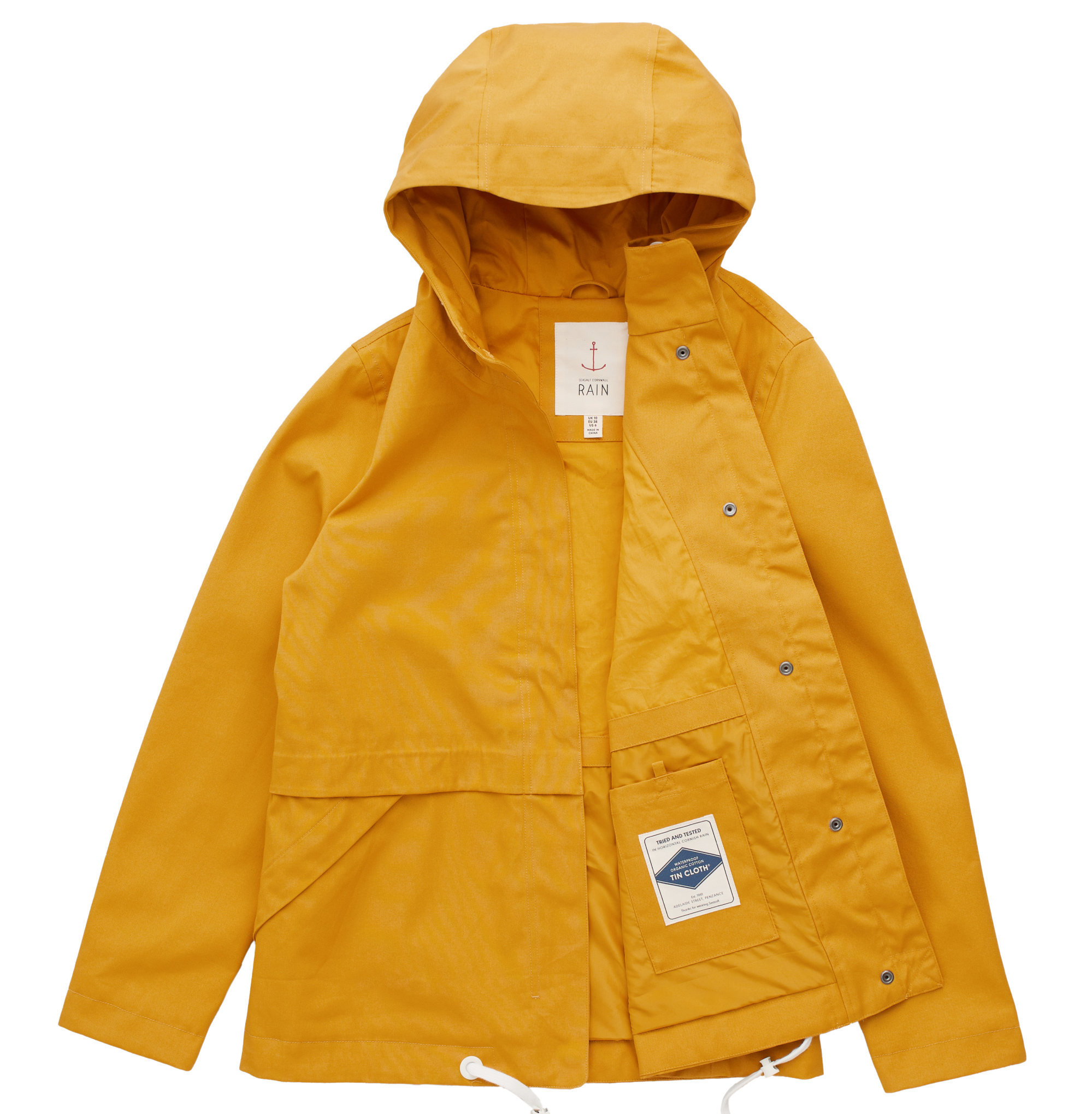
The Chapel House hotel, in nearby Penzance, has a similar background – and the bay itself has attracted painters for decades. This boutique hotel, offering views to St Michael’s Mount, is a 10-minute walk from the Penzance sleeper train from London and is found in a renovated Georgian town house on Chapel Street. The bedrooms feature a mix of antique, mid-century and contemporary furnishings with Cornish art.
It took a bit of time to work out how to get the perfect wool … once we did, we were amazed by how soft it wasLeah Massey, the co-founder of Palav
Its seashell print interiors are reminiscent of the patterns created by Seasalt Cornwall. The brand was also founded in the sleepy town of Penzance, in 1981, and has gone from a small local store selling practical pieces to fishermen to a global brand trading on the Cornwall aesthetic.
Pieces from the brand reference Cornish destinations worth visiting: the wine-red velvet Boscawenun dress nods to the Bronze Age stone circle near Penzance, while the soft, print Pentire dress is named after an idyllic hamlet near Newquay.
Barbara Hepworth (1903-1975) is one of the most famous artists to have worked in Cornwall – as evidenced in the collections of Tate St Ives and Penlee House – and the brand’s Easel smock top is a tribute to her colourful, bohemian style.

But there are fashion brands that go further than simply referencing the English countryside and coastline and instead use materials produced by local farmers.
Britain has a colder climate than other wool-producing nations, such as Australia, which has led the fashion industry to import much of its yarn – but emerging knitwear brands are starting to question the belief that domestic wool is too scratchy for anything other than blankets and men’s suits.
“It’s so widespread, but the idea that British sheep only make coarse fleeces isn’t right at all,” says Leah Massey, the co-founder of Palava, a label that makes 1970s-style Alpine cardigans from the wool of Yorkshire sheep.
“When we started this heritage project, we were determined to make everything in the UK and while it took a bit of time to work out how to get the perfect wool – a mix of Bluefaced Leicester and Masham, in the end – once we did, we were amazed by how soft it was.”

There is only a short distance between the Yorkshire sheep that produce Palava’s wool and the Yorkshire mills that spin it into yarn – and they are found in some of the prettiest dales in northern England.
This area is not only beautiful, it also has more Michelin-starred restaurants than anywhere else in Britain outside London, ivy-covered medieval pubs and a lovely coastline.
Yorkshire Sculpture Park alone makes a visit worth the effort: 200 hectares of fields, formal gardens, woodland, overgrown flower beds and lakes, it is an extraordinary place where woolly sheep wander among Henry Moore bronzes and Highland cattle and red-backed deer rub their flanks against Barbara Hepworth statues.
Founded in 1977, the park has gradually taken over nearby farms and the grounds of the aristocratic Bretton Hall, an 18th century Palladian mansion near Wakefield.

An hour away is the village of Malton. Owned, in true British style, by an aristocratic couple, Malton has gone from sleepy backwater to foodie capital of Yorkshire. Because what do you do when you’re left a failing market town by your family? You do what Tom Naylor-Leyland (also heir to various titles and castles) did and bring in savvy chefs and artisan food shops to make it a destination in its own right.
In Malton, stay in the sumptuous Tudor Old Lodge, while in York, opt for Grays Court. Tucked between the 17th century Treasurer’s House, the Minster and the medieval city walls of York, this is the city’s smartest address.

